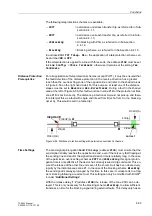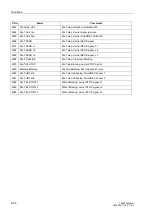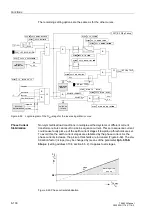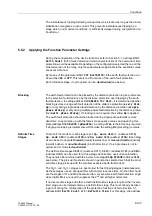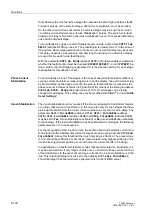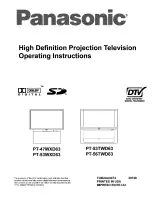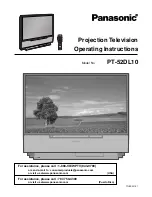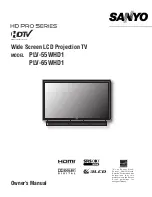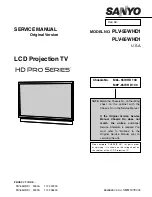
Functions
6-93
7SA522 Manual
C53000-G1176-C119-2
The following teleprotection schemes are available:
−
3877
= permissive underreach transfer trip, as referred to in Sub-
section 6.4.1.1,
−
3277
= permissive overreach transfer trip, as referred to in Sub-
section 6.4.1.3,
−
8QEORFNLQJ
= Unblocking with Z1B, as referred to in Sub-section
−
%ORFNLQJ
= Blocking scheme, as referred to in Sub-section 6.4.1.5.
In address
the application of a teleprotection scheme can
be switched
21
or
2))
.
If the teleprotection is applied to a line with three ends, the address
must be set
to
7KUHHWHUPLQDOV
, otherwise it remains at the setting
7ZR
7HUPLQDOV
.
Distance Protection
Prerequisites
For all applications of teleprotection schemes (except PUTT), it must be ensured that
the fault detection of the distance protection in the reverse direction has a greater
reach than the overreaching zone of the opposite line end (refer to the shaded areas
in Figure 6-56 on the right hand side)! For this purpose, at least one of the distance
stages must be set to
5HYHUVH
or
1RQ'LUHFWLRQDO
. During a fault in the shaded
area at the left of Figure 6-56, this fault would be in zone Z1B of the protection at B as
zone Z1B is set incorrectly. The distance protection at A would not pick up and there-
fore interpret this as a fault with single end infeed from B (echo from A or no block sig-
nal at A). This would result in a false trip!
Figure 6-56 Distance protection setting with permissive overreach schemes
Time Settings
The send signal prolongation
(address
) must ensure that the
send signal reliably reaches the opposite line end, even if there is very fast tripping at
the sending line end and/or the signal transmission time is relatively long. In the case
of the permissive overreaching schemes
3277
and
8QEORFNLQJ
this signal prolon-
gation time is only effective if the device has already issued a trip command. This en-
sures the release of the other line ends even if the short-circuit has been cleared very
rapidly by the instantaneous zone Z1. In the case of the blocking scheme
%ORFNLQJ
the send signal is always prolonged by this time. In this case it corresponds to a tran-
sient blocking following a reverse fault. This setting can only be modified with DIGSI
®
4 under “Additional Settings”.
With the release delay
7 9
(address
) the release of the zone Z1B can be de-
layed. This is only necessary for the blocking scheme
%ORFNLQJ
, to allow sufficient
transmission time for the blocking signal during external faults. This delay
only
has an
A
B
Z1B(A)
Z1B(B)
PICKUP (A)
PICKUP(B)
correct
incorrect!
PICKUP(B)
PICKUP(A)
Содержание siprotec 7SA522
Страница 20: ...7SA522 Manual C53000 G1176 C119 2 ...
Страница 64: ...7SA522 Manual C53000 G1176 C119 2 ...
Страница 89: ...SIPROTEC 4 Devices 4 25 7SA522 Manual C53000 G1176 C119 2 Figure 4 20 CFC Logic example ...
Страница 408: ...7SA522 Manual C53000 G1176 C119 2 ...
Страница 456: ...7SA522 Manual C53000 G1176 C119 2 ...
Страница 516: ...7SA522 Manual C53000 G1176 C119 2 ...
Страница 620: ...Appendix B 48 ...















